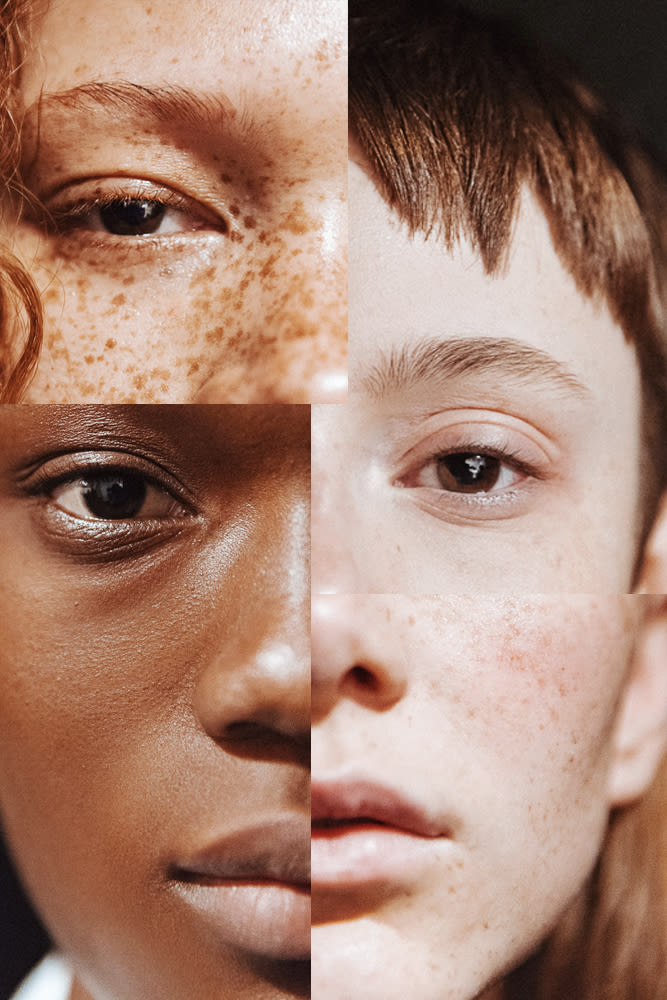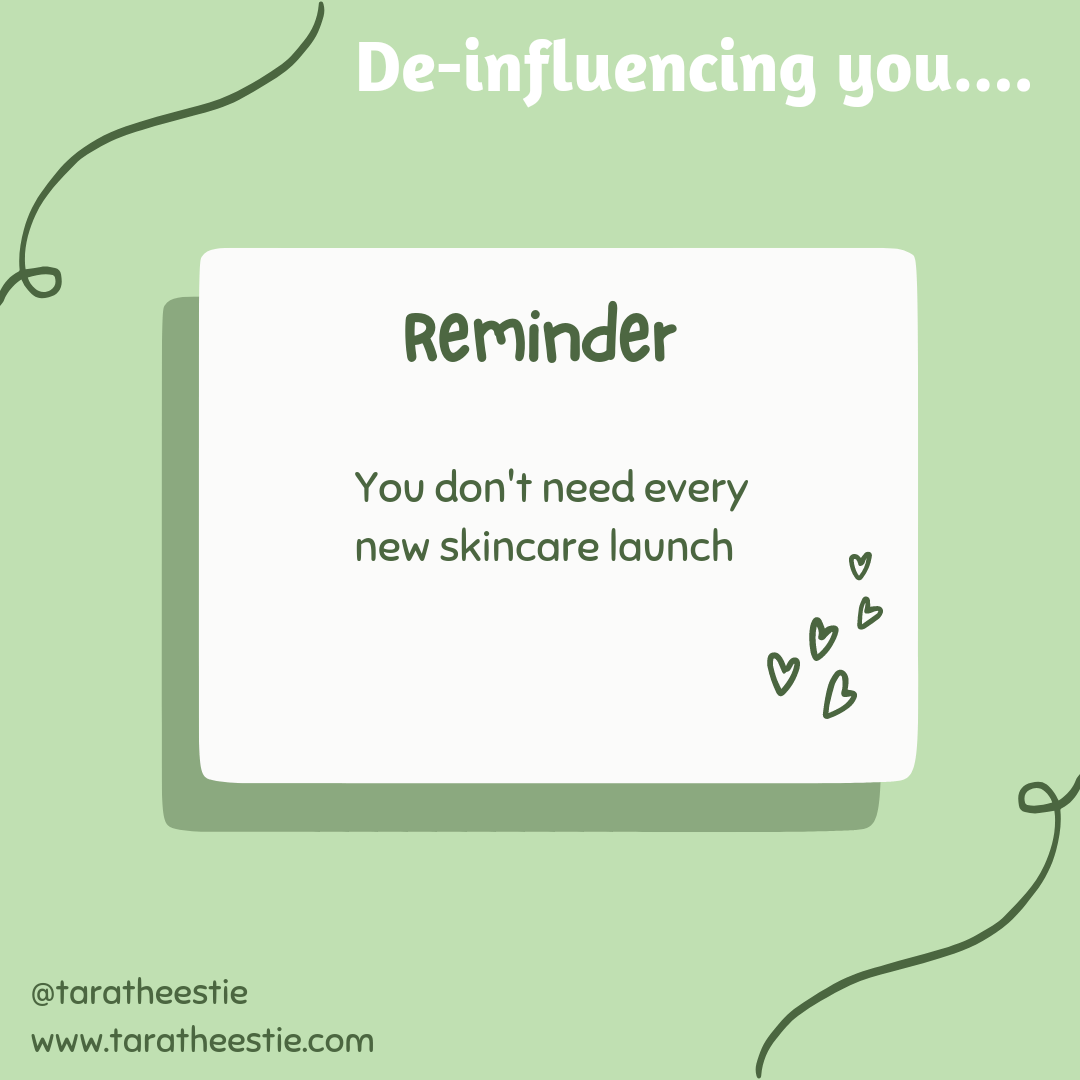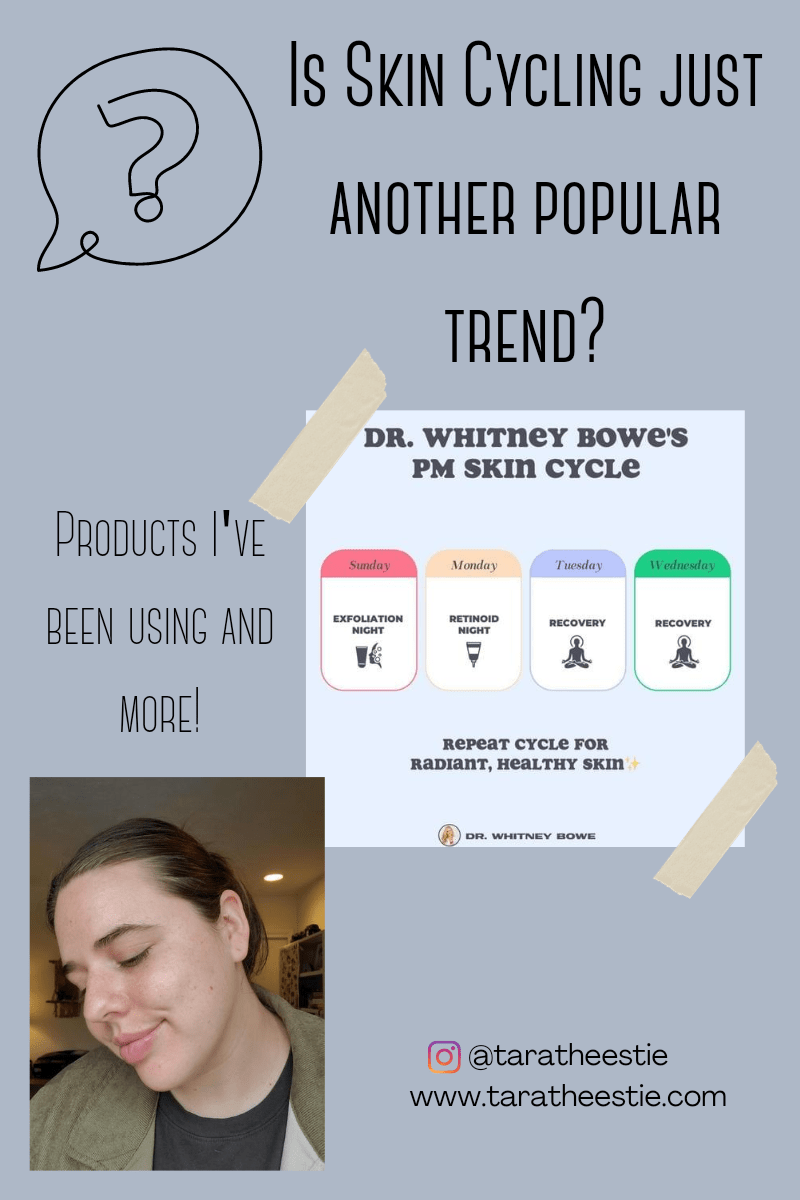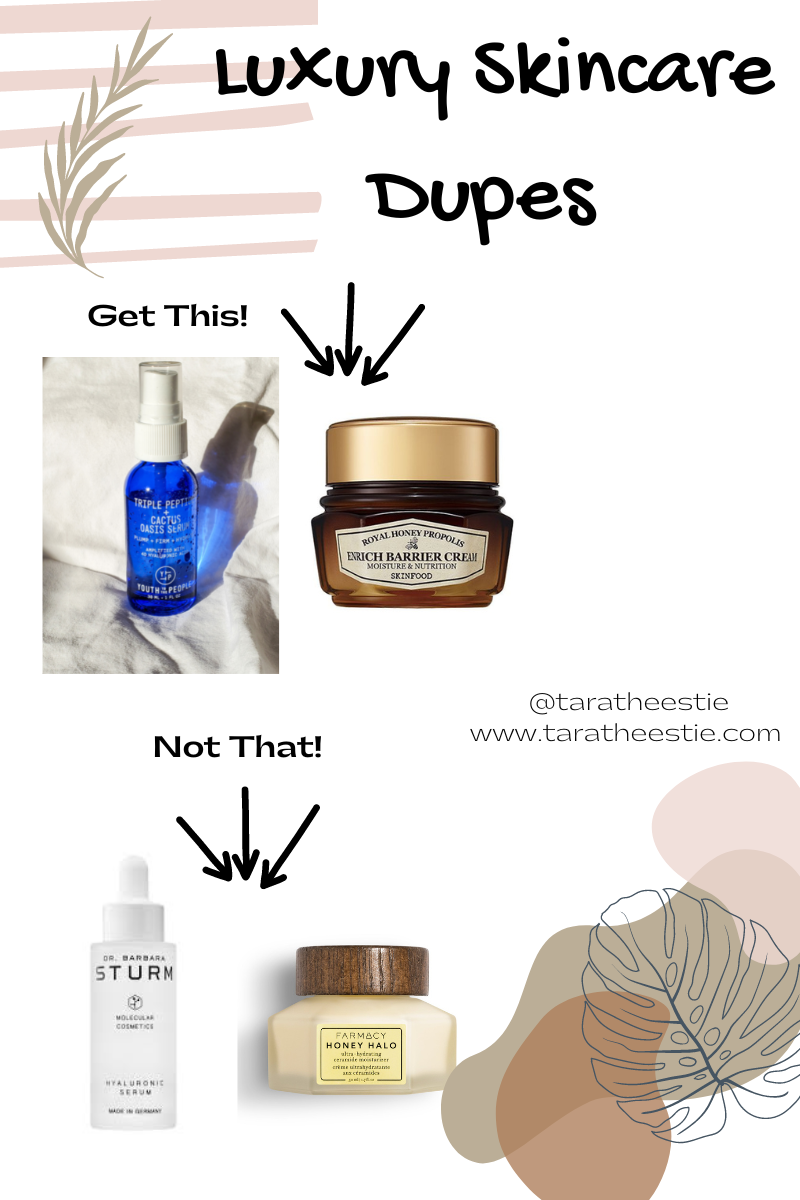
When it comes to our skin, one of the most important things is determining our type. Proper diagnosis of skin type ensures the most effective spa treatments as well as home care. But how do we actually know what skin type we have?
I know that for me I have always labeled myself as having oily skin. I have visible pores throughout my t-zone, and always have excessive sebum production. I have definitely been working my home care to help combat that oiliness, and prevent breakouts. I have determined that other factors increase my oil production, which causes me to wear less heavy makeup and thick creams.
There are 4 skin types: Normal, Dry, Combination, and Oily.
Normal Skin
Balanced skin, does not feel dry or oily. Pores are small around t-zone. Not prone to breakouts
Dry Skin
Less production of sebum causing the skin to feel tight, flaky, and rough. It lacks the lipid barrier that protects us from external factors. Pore size is minimal to not visible around t-zone.
Combination Skin
Skin varies from t-zone to cheeks, normally with t-zone area being more oily with larger pores and the rest of face feeling drier. Unbalanced skin that is more prone to breakouts.
Oily Skin
Glossy shine and visible pores around most of the face. Seborrhea is known as the overproduction of sebum from the glands.
*The T-Zone refers to the forehead, down the nose to the chin.
When I say that skin type goes more deep than the surface, I mean that many times people misdiagnose their own skin type and therefore makes their issues worse by using incorrect products. For example, a person may feel that their face is very oily so they use a harsh cleanser for a strong, deep cleaning. This product will strip the skin, which just like with our hair, causes an overproduction of oil to compensate it being stripped off. In reality, their skin most likely is not as oily as they think it is, but the products are causing it to feel that way. The time with which you check your skin to determine type is also crucial. If you say your skin is oily, but that is because you are touching after working 8 hours and wearing heavy makeup, it may not necessarily be that oily. If you say it is dry but that is in the morning after only washing it at night and not using a proper moisturizer, then that also may not be correct. The best test is to wash your face with a gentle cleanser, wait about 15-30 minutes, then touch it and look in the mirror. Notice if it feels dry or tight, if there is noticeable oil production, if you can see your pores. Preferably, a professional can do this for you! It is also important to take into account how your face feels throughout the day, however the products you use affect it greatly. It is important to have knowledge of your skin when it is clean without any products. As an esthetician in the spa room, I have definitely encountered people who say that have one skin type but my magnified lamp says otherwise. Understanding skin type is essential in properly caring for the skin.


So, what determines our skin type? Can it change?
There are several internal and external factors that impact our skin: “climate and pollution, medication, stress, hereditary factors that influence the levels of sebum, sweat and natural moisturising factors that your skin produces as well as the products that you use and the skincare choices that you make” (Eucerin). Skin types can change over time, with most people noticing their skin becoming drier. Women are more prone to dry skin than men, however. Hormones greatly affect our skin as well, as many women have changes in their skin during and after pregnancy, or with the use of birth control pills. Boys often suffer from puberty induced over production of oil, causing acne. Our skin color also plays a role as that determines how the sun affects us and causes varying skin disorders.
Many people often mistake sensitive skin as a skin type where it is more so categorized as a skin disorder. Sensitivity can be a condition that persists, while it also can be brought on by specific internal or external factors and go away quickly.
Our skin works to protect us from the environment; however, it requires some help. It is important to utilize proper home care products to help combat dryness or oiliness, without over doing it. I recommend a visit to the spa or dermatologist to get a proper skin consultation to determine what products will work best for you.
What skin type do you have? Has it changed over time? LET ME KNOW! COMMENT AND LIKE! *Stay tuned for a blog post featuring each of these skin types and proper home care regimens 🙂
Resource
https://int.eucerin.com/about-skin/basic-skin-knowledge/skin-types





Now that you’ve done a non-surgical face lift on me, what skin type would you say I have? I look forward to the next facial treatment from you-it was amazing!
I would say normal skin! 🙂
Awesome post! Reblogged 🙂
Thank you so much! 🙂
I think I am combination! I get dry around the corners of my nose and mouth, but my nose stays pretty oily!